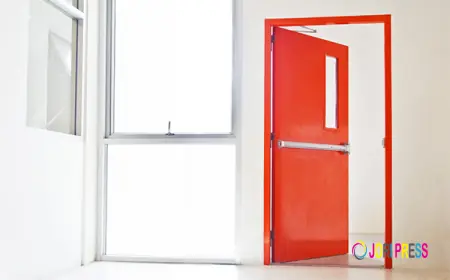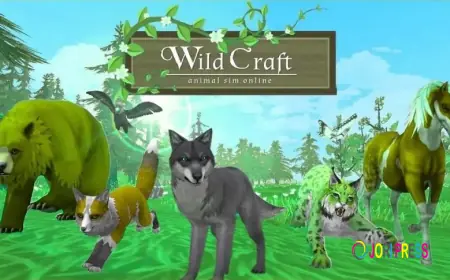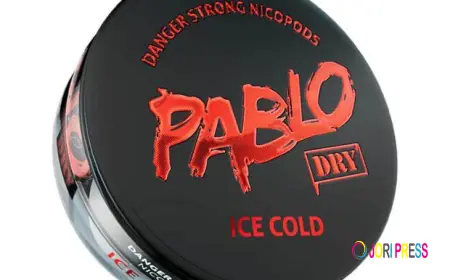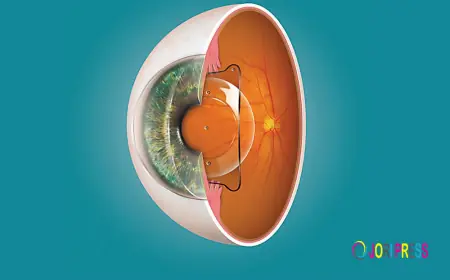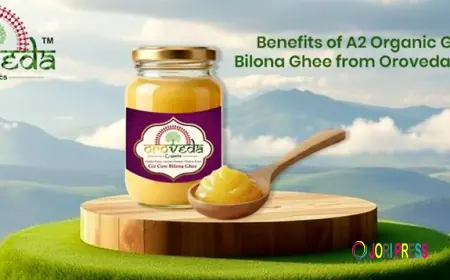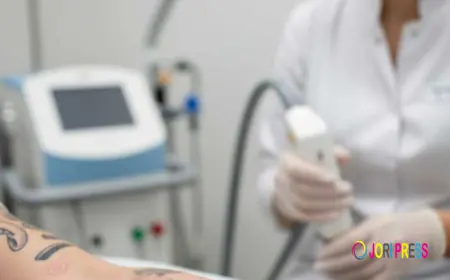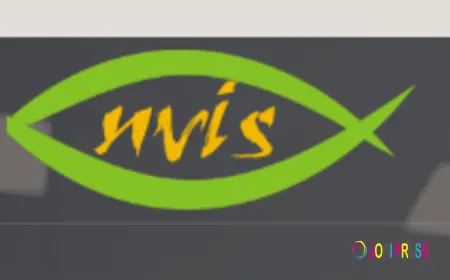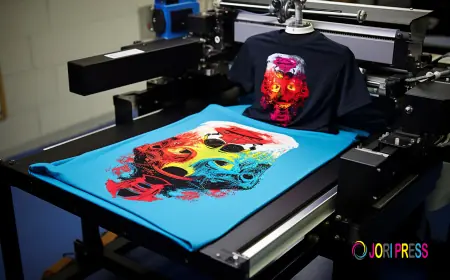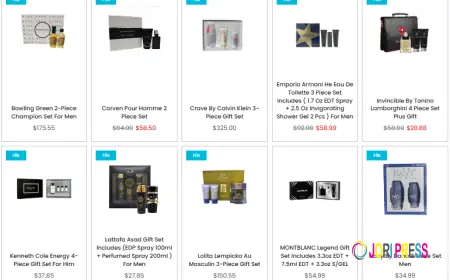Comprehending DTF Printers: Transforming Custom Apparel Printing
DTF printing offers more versatility and convenience of use than other techniques, which can call for pre-treating the fabric or be restricted to particular fabric kinds.
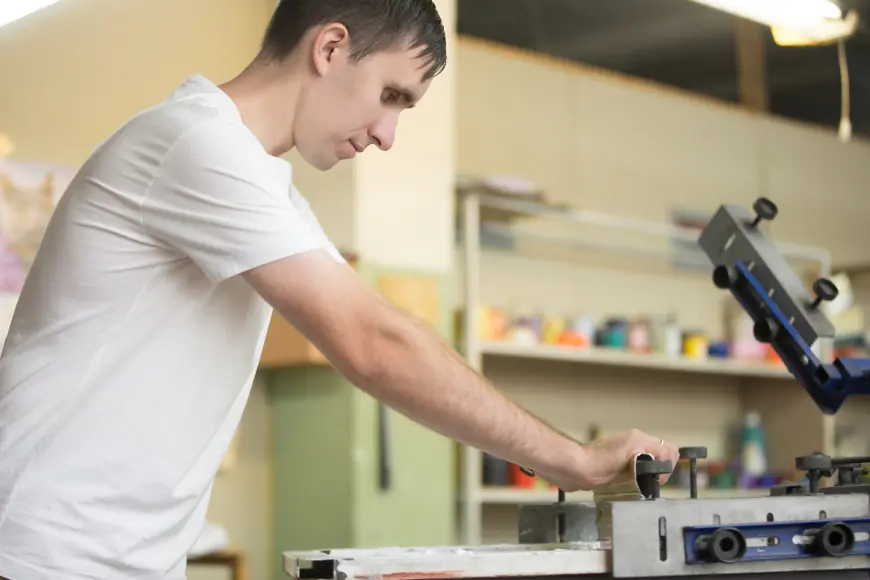
The emergence of DTF (Direct to Film) printing technology is one of the most notable developments in the textile printing industry during the last ten years. DTF printers have become a game-changing solution for both new and established print companies as the need for personalized merchandise, promotional items, and custom clothing continues to rise. Their adaptability, simplicity of use, and colorful outcomes are revolutionizing how companies approach clothing embellishment.
What Is a DTF Printer?
With the use of a heat press, designs can be printed directly onto a unique PET (polyethylene terephthalate) film using a DTF printer, a specialist printing instrument. The constraints of direct-to-garment printing and conventional screen printing setups are removed by this method. The end product is a long-lasting, high-quality print that may be applied to a variety of materials, such as nylon, blends, polyester, and cotton.
DTF printing offers more versatility and convenience of use than other techniques, which can call for pre-treating the fabric or be restricted to particular fabric kinds. Because it allows for intricate, full-color graphics with superior washability and stretch resistance, it has rapidly acquired popularity in the fashion and bespoke t-shirt industries.
How DTF Printing Works
The DTF printing process involves several key steps:
-
Design Creation: The process begins with designing the artwork using graphic design software. High-resolution images with transparency (such as PNG files) work best.
-
Printing to Film: The design is printed in reverse (mirror image) onto PET film using a DTF printer loaded with special textile inks, typically CMYK and white ink.
-
Applying Adhesive Powder: Once printed, a hot-melt adhesive powder is applied to the ink on the film. The excess powder is shaken off, and the remaining powder adheres to the ink.
-
Curing the Film: The printed film with adhesive powder is then heated, usually using a curing oven or heat press, to melt the powder and bind it to the ink. This step prepares the design for transfer.
-
Heat Transfer to Garment: The film is placed ink-side down on the fabric and heat-pressed at a specific temperature and pressure for a set duration. After cooling, the film is peeled off, leaving the design permanently embedded in the garment.
-
Post-Pressing (Optional): A second pressing with a sheet of parchment or Teflon may be done to improve durability and finish.
Advantages of DTF Printing
DTF technology offers several compelling benefits that make it attractive for businesses of all sizes:
-
Versatility: DTF prints can be applied to a variety of fabrics, including dark and light garments, without needing separate ink sets or pre-treatment. This makes it ideal for custom apparel businesses serving diverse markets.
-
High Durability: Transfers created with DTF printing are known for their strength. The prints are resistant to cracking, peeling, and fading, even after multiple washes.
-
Cost-Effective for Short Runs: Unlike screen printing, which becomes economical only for bulk orders, DTF printing is cost-effective for both small batches and one-off prints. This makes it perfect for on-demand services.
-
Vivid Color and Detail: The use of CMYK and white ink allows for detailed, vibrant, and photo-quality prints with excellent color contrast on both light and dark garments.
-
No Pre-Treatment Needed: In contrast to other printing methods that require pre-treating garments, DTF printing simplifies the process by eliminating this step entirely, reducing labor and time.
-
Low Waste: Because designs are printed exactly as needed and transferred to garments on-demand, there’s minimal ink and material waste involved.
Applications of DTF Printing
DTF printing isn’t limited to t-shirts alone. Its flexibility enables it to be used across a wide range of products and industries, including:
-
Sportswear and activewear
-
Hoodies and sweatshirts
-
Tote bags and accessories
-
Workwear and uniforms
-
Custom merchandise (caps, masks, etc.)
-
Home textiles like pillowcases and aprons
This technology empowers creators to explore a broad spectrum of customization options, offering customers unique products that stand out.
Considerations Before Investing in a DTF Printer
While DTF printers present numerous advantages, there are also factors to consider before making an investment:
-
Initial Setup Costs: The upfront cost includes the printer, curing unit, heat press, PET film, ink, and adhesive powder. While more affordable than some traditional methods in the long term, this may be a barrier for new businesses.
-
Maintenance: DTF printers, like any ink-based system, require regular maintenance to avoid clogs and ensure consistent print quality. Daily print head cleaning and proper storage of consumables are essential.
-
Learning Curve: Although the process is simpler than many traditional techniques, there's still a learning curve, especially when it comes to heat pressing variables such as pressure, time, and temperature.
-
Workspace Requirements: Ventilation may be necessary during the powder curing process, and the equipment setup requires a bit of space.
Conclusion
DTF printers are proving to be a transformative force in the custom apparel and textile printing industry. With their ability to produce vibrant, long-lasting prints on nearly any fabric, they offer a compelling alternative to older printing technologies. Whether you are an entrepreneur entering the custom merchandise market or an established print shop looking to expand your capabilities, DTF printing presents an efficient, flexible, and cost-effective solution for modern textile decoration needs.
As technology continues to improve and the demand for personalized products grows, DTF printing is likely to become an even more integral part of the garment decoration landscape.
What's Your Reaction?
 Like
0
Like
0
 Dislike
0
Dislike
0
 Love
0
Love
0
 Funny
0
Funny
0
 Angry
0
Angry
0
 Sad
0
Sad
0
 Wow
0
Wow
0







